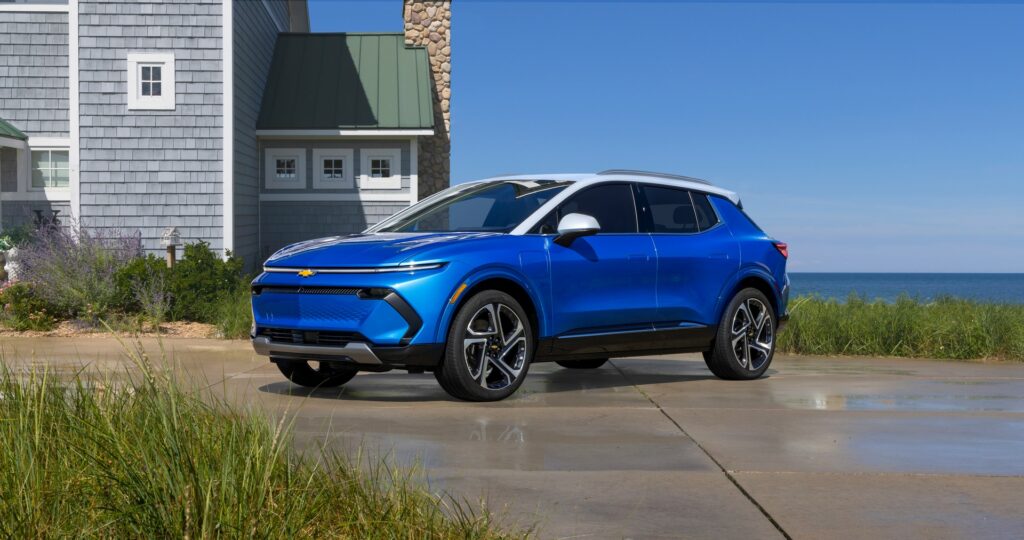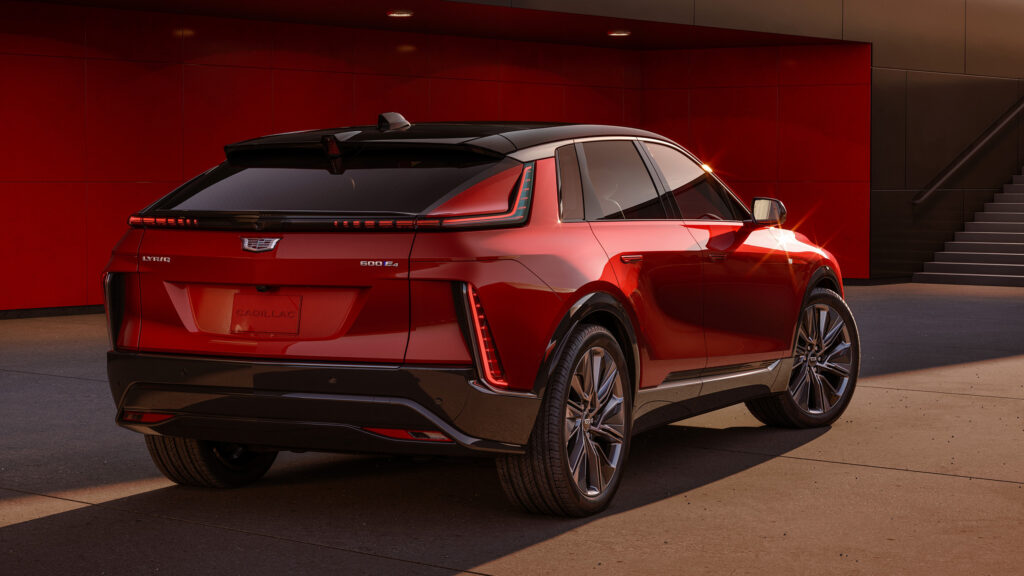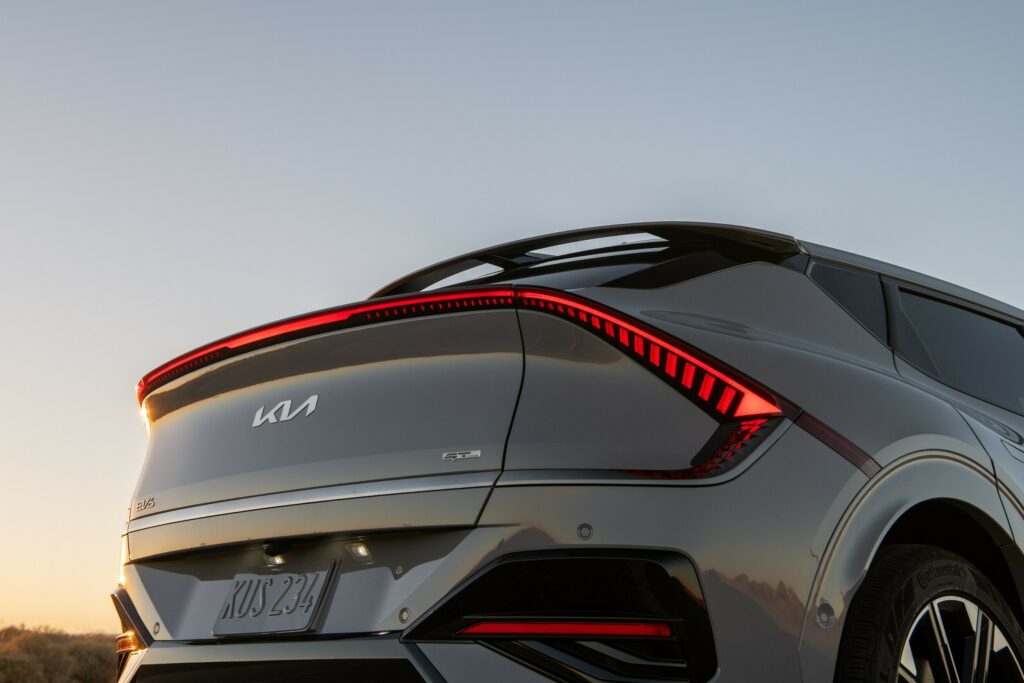Idaho banned abortion. Three years later, minors and seniors struggle to get routine care.
Rachel Castor, a single mom of two and teacher, stands outside her home in Sandpoint, Idaho. Castor’s son could not be admitted to the local hospital during an asthma attack because Bonner General Health lost its pediatrician coverage at the same time it closed the labor and delivery unit in 2023 following the Dobbs decision. (Photo by Erick Doxey for States Newsroom)
Editor’s note: This report examines the impact of the U.S. Supreme Court decision that struck down the federal right to abortion three years ago.
Of all the outcomes Rachel Castor could have predicted from Idaho’s abortion ban, her teenage son being denied hospital admission during an asthma attack wasn’t on the list.

Bonner General Hospital in Sandpoint announced its decision to end obstetric services in March 2023, roughly six months after the near-total ban took effect. Among the stated reasons were the state’s legal and political climates concerning health care, and the loss of pediatrician staffing.
Castor saw the fallout from that decision on a night in early April. Her 17-year-old son spent several hours in the Bonner General emergency room, before the staff informed her if his breathing didn’t improve enough for discharge by the morning, he would need to be transferred an hour south to the hospital in Coeur d’Alene. Bonner General had no pediatricians.
“And I was like, ‘Excuse me?’” Castor said.
Elaine Gloeckle, a 66-year-old Boise resident, said she started having trouble with urinary tract infections and hormonal balances recently and found it hard to get an appointment to see a specialist, even with a referral. It was even more difficult to see a doctor for gynecological care. That wasn’t always the case in the more than 30 years she’s lived in the area — she used to have no trouble seeing doctors.
But now for the gynecology visits, along with care for diabetes management and kidney issues, she has seen physician assistants, who are supervised by the doctors within a practice. While she has had good experiences with the assistants, it’s sometimes difficult to feel confident in their assessments when she isn’t sure how much they are consulting with doctors. And the wait times are still long — at least six weeks, usually, in her experience.
“I have no idea who the doctors are, I’ve never met them,” Gloeckle said. “And I don’t know if that means anything, or if it’s just peace of mind that there is a doctor in the mix.”
It’s been three years since the U.S. Supreme Court issued the Dobbs ruling that ended federal abortion protections and allowed more than a dozen states to implement abortion bans. States that were already struggling with physician shortages say they’re getting worse, especially in rural areas, where many labor and delivery units have also closed their doors. Clinics have closed and resources become more strained with every passing year.
Patients and providers have been left to adjust to barriers accessing abortion care; legal battles that continually redraw access lines; and heartbreak and tragedy as women die from easily treatable conditions like miscarriage and infection.
In places like Florida, Kansas and Louisiana, patients have had to find other providers who will help them with miscarriage complications, often requiring them to travel to a neighboring state with legal access because doctors in states with bans are afraid to see them. Other patients experiencing miscarriage or the threat of miscarriage have reported waiting hours in emergency rooms to be seen while hospital staff consult with attorneys about their legal exposure before taking any action. A Florida Republican lawmaker who opposes abortion said recently that she waited hours to receive treatment for an ectopic pregnancy, which is dangerous and nonviable.

Besides Texas, few states that implemented abortion bans after Dobbs have been as much of a spectacle as Idaho. Between a so-called “abortion trafficking” law that first passed in Idaho, the very public loss of many OB-GYNs and maternal-fetal medicine specialists, and a legal fight with the federal government over whether abortions should be permitted in emergencies — a lawsuit that made its way before the U.S. Supreme Court — the state has been a testing ground of sorts for how a near-total abortion ban can play out for communities.
Many health care providers and advocates warned it wouldn’t just be abortion care, or even pregnancy-related care, that would be affected by the Dobbs decision. Dr. Stacy Seyb, a maternal-fetal medicine specialist in Boise, said in July 2023 that the near-total ban would lead to more consequences as time went on.
“It feels like a step backward in improving the health of women and children in the state,” he told The Guardian. Soon, he warned, the state would “see a collapse in women’s health care.”
‘It makes me wonder what else we’ve lost that we don’t know about’
Bonner General Health’s obstetrics unit was one of many rural hospitals that was already struggling before Dobbs with changing community demographics that meant lower birth rates and difficulty recruiting and retaining physicians. Among its population of about 10,000, the hospital admitted fewer than 10 pediatric patients in 2022 and delivered 265 babies, a decrease from prior years.
It’s a familiar situation nationwide. More than 100 hospitals across 26 states have closed labor and delivery services since 2020. To be sure, the reasons for those closures include many more factors than abortion bans, such as low reimbursement rates from Medicaid programs for obstetrical services and difficulty recruiting and retaining physicians.
In its announcement, Bonner General representatives said they tried to recruit active and retired pediatrics providers in the area, but no long-term sustainable solutions were available.
At that time, it didn’t sink in for Castor that having no pediatrician coverage at the hospital would mean no admission to the hospital for minor children.
Sandy Brower, director of quality and risk management at Bonner General Health, told States Newsroom via email that their staff is well-equipped to see pediatrics patients, who are always seen, treated and stabilized in the emergency department. But she confirmed that the hospital does not admit minors because they have no pediatricians on staff.
“This approach is not unusual in rural health care,” Brower said. “Around the country, critical access hospitals often rely on stabilization and transfer protocols to ensure that patients … are seen in the most appropriate setting.”
Faced with the prospect of driving her son to Coeur d’Alene herself or guessing what a 44-mile ambulance ride might cost, Castor — a single mom of two and a teacher — decided to drive to the hospital she’d never been to before. But with little information to go on about the transfer process, she was left wandering around the hospital looking for the right place to go while her son’s condition deteriorated.

“He’d already been away from the hospital for an hour for the drive, and he was starting to not do OK, and it was really stressful because I didn’t know what we were supposed to do,” Castor said. “He had his arms wrapped around himself and he just didn’t look good.”
Once she found her way, Castor said everything went well and they were discharged after one more night. But she was left shaken by the experience and her sense of stability about where she lives. She shares custody with a former partner who lives nearby, so it’s difficult to consider moving.
“I think everyone at the hospital is lovely, but it does seem like we don’t have all the services we need,” Castor said. “It makes me wonder what else we’ve lost that we don’t know about.”
Physician recruitment difficult for pediatrics in populous areas too
Amid the implementation of the abortion ban, Idaho’s population exploded. Between 2020 and 2024, more than 152,000 people moved in and the total number crossed 2 million statewide for the first time in its history. On top of all that, at least three clinics that provided labor and delivery services closed, including two in the Boise area, the most populous portion of the state. The combination created longer wait times and more complicated staffing scenarios.
Christine Myron, spokesperson for Idaho’s largest health care system St. Luke’s, told States Newsroom via email that the time to get an appointment with an OB-GYN has increased over the last two years in all of their service areas, which include every region of the state.
Myron also said in recent weeks, a candidate for a pediatrician position declined their offer because of the restrictive obstetrical care environment in Idaho. She said the difficulties in recruiting extend to every specialty of physicians because young families hesitate to move in.
As of Wednesday, St. Luke’s had 10 pediatric physician vacancies, including specialists for pediatric nephrology, oncology, infectious disease and endocrinology.
Shifting providers, delays frustrating while trying to conceive
For women like Cynthia Dalsing, who has lived in Sandpoint for more than 30 years, it’s difficult because of her age and location. She is 71, and a recent exam showed a polyp in her uterus that needed to be biopsied and removed. That type of exam and procedure could have been done 3 miles away from her house a few years ago, she said, before Bonner General closed its labor and delivery services.
Instead, she drove back and forth to Coeur d’Alene to complete pre-operative steps, including X-rays, blood work and an EKG, then to have the procedure, then to go back again to talk about the results.
“It’s taken weeks to get care that normally would be pretty routine,” Dalsing said. “It’s a 20-minute procedure.”
The procedure was dilation and curettage, Dalsing said, often referred to as a D&C, which is the same treatment sometimes used for an early abortion or miscarriage where pregnancy tissue needs to be removed from the uterus. When she mentioned the upcoming appointment to a friend, Dalsing said they asked if that was still allowed, given the abortion ban, not knowing it’s a common procedure for many other conditions.
“That’s how clueless and confused people are about all this,” Dalsing said.
Younger women like 36-year-old Danielle Young, who has lived in Boise since the early 2000s, report issues receiving care as well. Young said since 2016, she has switched providers five times because they kept leaving — three of those were within the past three years.
Young said she had to wait eight months for an annual gynecological wellness appointment with a nurse practitioner, and when the time came, the exam felt rushed and chaotic. After that, she decided to switch practices. Young said it took another six months to be seen by the doctor she chose, but it has been worth the wait.
At the same time, Young said she and her husband are trying to conceive, and he has had difficulties finding a clinic where he can get fertility testing. She said most of the past year has been wasted just trying to reach someone on the phone who can tell them where he should go and when he can get an appointment.
“It’s been frustrating for us, because we would like to have children or a child, and I’m getting older,” Young said.



